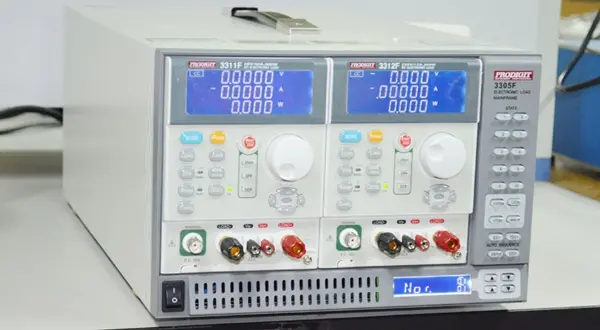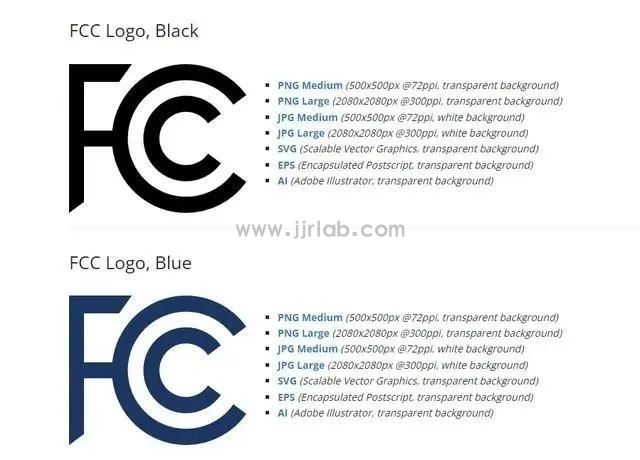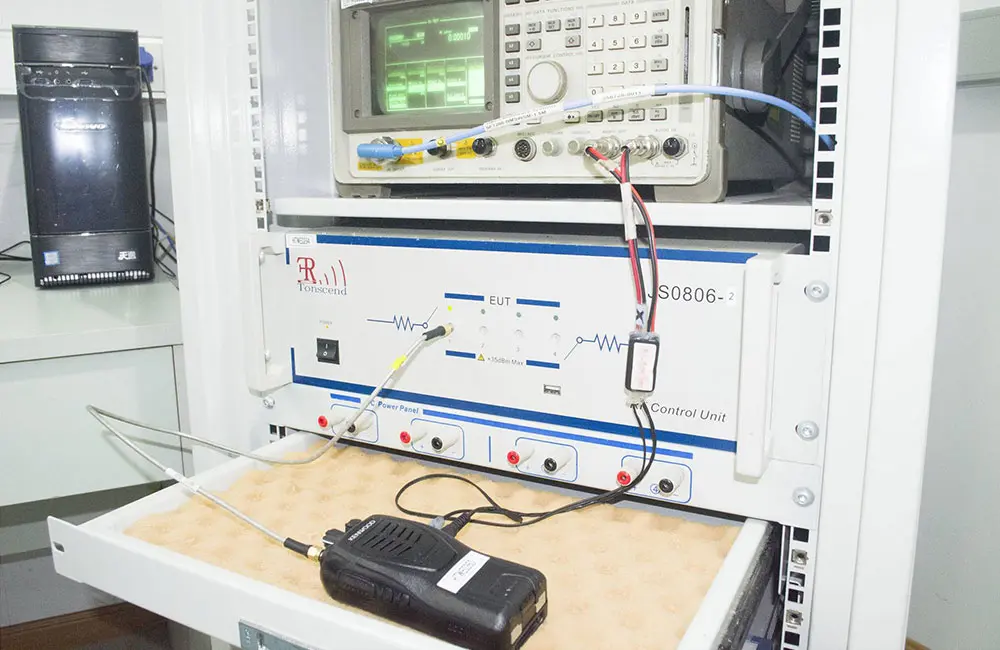
Electrical Toy Safety Certification EN 62115 EMC Test
In the children's toy market, electrical toys are highly favoRED for their rich interactive features.
However, their safety—especially electrical and electromagnetic compatibility—has become a core focus of global regULation.
EN 62115, as the mandatory safety standard for electrical toys in the EU, is often misunderstood as part of EMC (Electromagnetic Compatibility) testing.
This article clarifies the relationship between the two and explains the key requirements of EN 62115.

EN 62115 for Electrical Toys
EN 62115 is a dedicated safety standard for electrical toys intended for children under 14 years old in the EU. It covers electrical, mechanical, cheMICal, and environmental risks, designed based on a "hazard-risk" assessment methodology to ensure product safety in foreseeable use scenarios.
Its core test items include:
① Marking and Instructions: Clear labeling of voltage, battery type, and safety warnings is required to avoid misuse risks caused by missing information.
② Electrical Performance: Input power, temperature rise testing, moisture resistance, and dielectric strength to prevent fires from overheating or short circuits.
③ Mechanical Construction: Shell strength and screw connection reliability to ensure no sharp parts are exposed when the toy is dropped or collided.
④ Heat Resistance and Flame Retardancy: Materials must pass high-temperature tests to reduce fire risks.
⑤ Radiation and Toxicity: Assessment of electromagnetic field exposure and migration of harmful substances to safeguard long-term health impacts.
⑥ Battery Safety: Prevention of short circuits and accidental ingestion; charging systems must be equipped with overcharge protection.
Notably, while EN 62115 includes evaluation of electromagnetic field risks (e.g., Clause A12), its core focus is on electrical safety and physical hazards rather than EMC's interference suppression or immunity testing.
emc testing
EMC (Electromagnetic Compatibility) testing aims to ensure that equipment operates stably in an electromagnetic environment without interfering with other devices.
It primarily consists of two categories:
① Electromagnetic Interference (EMI): Measures radiated or conducted interference generated by the device, such as radiated emission testing (30 MHz–1 GHz) and conducted emission testing, to prevent interference with adjacent electronic equipment.
② Electromagnetic Susceptibility (EMS): Evaluates the device's ability to resist external interference, such as electrostatic discharge immunity testing, to ensure normal functionality in complex electromagnetic environments.
EMC testing complies with international standards, national standards, and relevant industry standards.
It applies to various electronic devices but is not a dedicated requirement for electrical toys.
For example, EN 62115 does not cover radiated emission limits or conducted immunity testing, which fall under the independent scope of EMC.
EN 62115 vs. EMC
Although both EN 62115 and EMC testing focus on electrical safety, their objectives differ:
① EN 62115: Addresses direct harm to children from internal electrical faults of toys (e.g., battery short circuits, shell damage).
② EMC Testing: Ensures that toys do not interfere with other devices (e.g., Wi-Fi routers) in an electromagnetic environment and can resist external interference (e.g., mobile phone signals).
As a basic safety barrier, EN 62115 complements EMC testing to jointly ensure products meet dual standards for electrical stability and electromagnetic compatibility.
The global sale of electrical toys requires crossing multiple safety thresholds.
Manufacturers should strictly adhere to standards, mitigate risks from the design stage, and create safe and reliable gaming experiences for children.
Email:hello@jjrlab.com
Write your message here and send it to us
 FCC ID Certification and SDoC Compliance
FCC ID Certification and SDoC Compliance
 Export Certification and Compliance for Lighting F
Export Certification and Compliance for Lighting F
 FCC Certification Resumes Issuance
FCC Certification Resumes Issuance
 Electrical Toy Safety Certification EN 62115 EMC T
Electrical Toy Safety Certification EN 62115 EMC T
 What is the UL 62368 Test Standard?
What is the UL 62368 Test Standard?
 Is CISPR 32 the same as EN 55032?
Is CISPR 32 the same as EN 55032?
 What is the difference between EN55022 and 55032?
What is the difference between EN55022 and 55032?
 What is EN 55032?
What is EN 55032?
Leave us a message
24-hour online customer service at any time to respond, so that you worry!




